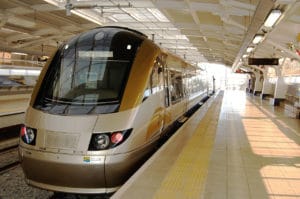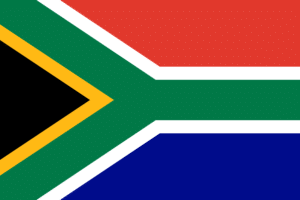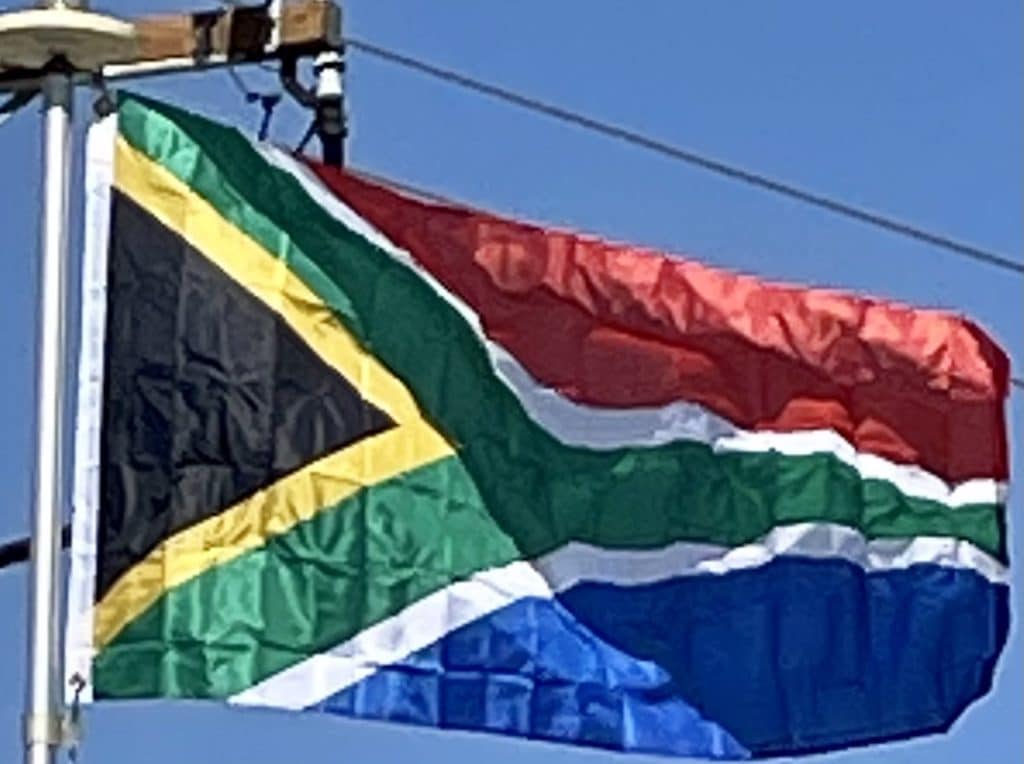South Africa has always been a mining powerhouse. Diamond and gold production were in 2013 well down from their peaks, though South Africa is still number five in gold and remains a cornucopia of mineral riches. It is the world’s largest producer of chrome, manganese, platinum, vanadium and vermiculite. It is the second largest producer of ilmenite, palladium, rutile and zirconium. It is also the world’s third largest coal exporter. South Africa is also a huge producer of iron ore; in 2012, it overtook India to become the world’s third-biggest iron ore supplier to China, the world’s largest consumers of iron ore.
Transportation:
The majority of people in South Africa use informal minibus taxis as their main mode of transport. There is an extensive road system including restricted access and use freeways.
In 2000, South Africa had 20,384 km of rail transport, all of it narrow gauge. 20,070 km was 1,067 mm (3 ft 6 in) gauge (9,090 km of that electrified), with the remaining 314 km 610 mm (2 ft) gauge.
On 2010-06-07 the Gautrain opened between Oliver R Tambo International Airport (ORTIA) and Sandton. This is the first stage of a standard gauge passenger line connecting Johannesburg, Pretoria and ORTIA.

Links exist to Botswana, Lesotho, Namibia, Swaziland, and Zimbabwe. Railways linking Mozambique are under repair.
South Africa has international airports in four cities: Johannesburg, Cape Town, Durban and Nelspruit. The main international airports are in Johannesburg, and to a lesser extent Cape Town. Nelspruit’s international airport mainly serves travelers en route to the Kruger National park.
There are many international airlines travelling to South Africa, giving travelers a healthy number of options. These include British Airways, Delta Airlines, Ethiopian Airways, Kenya Airways, Qantas, Singapore Airlines, South African Airways, Swiss International Air Lines, Thai Airways, Turkish Airlines, Virgin Atlantic, Air Mauritius, Air Botswana, Air France, KLM, Lufthansa, Alitalia, Malaysia Airlines and Qatar Airways.
Flag of South Africa:
The flag of South Africa was designed in March 1994 and adopted on 27 April 1994, at the beginning of South Africa’s 1994 general election, to replace the flag that had been used since 1928.

The flag has horizontal bands of red (on the top) and blue (on the bottom), of equal width, separated by a central green band which splits into a horizontal “Y” shape, the arms of which end at the corners of the hoist side (and follow the flag’s diagonals). The “Y” embraces a black isosceles triangle from which the arms are separated by narrow yellow or gold bands; the red and blue bands are separated from the green band and its arms by narrow white stripes. The stripes at the fly end are in the 5:1:3:1:5 ratio. Three of the flag’s colors were taken from the Flag of the South African Republic and the Union Jack, while the remaining three colors were taken from the flag of the African National Congress.
At the time of its adoption, the South African flag was the only national flag in the world to comprise six colors in its primary design and without a seal and brocade. The design and colors are a synopsis of principal elements of the country’s flag history.
